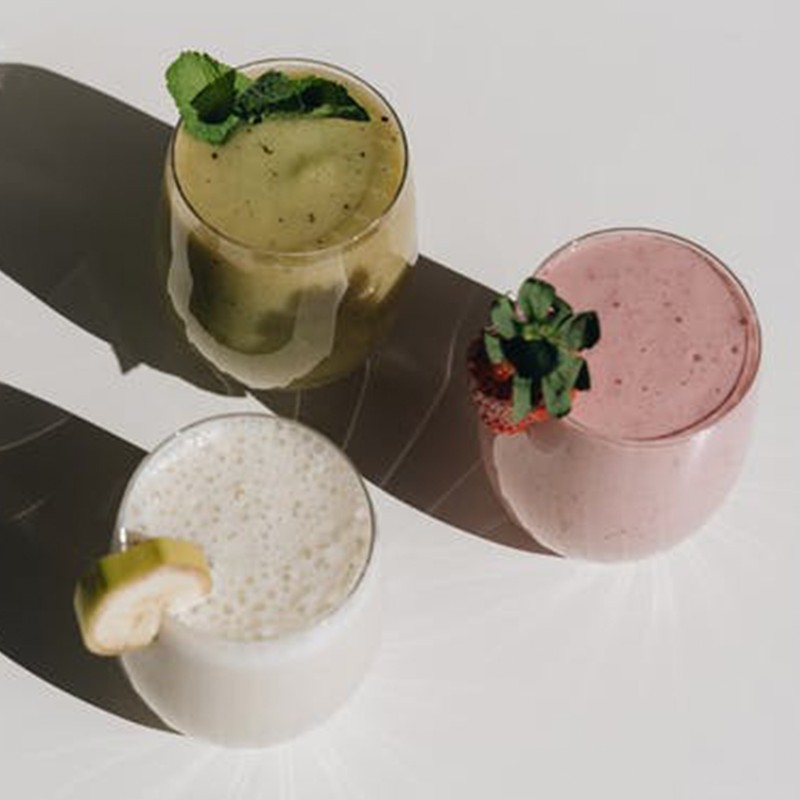7 Tips For Making A Low-Sugar Smoothie
Be Savvy About Adding Fruit
“When it comes to making a lower-sugar smoothie, the most important thing to aim for is more vegetables than fruit,” says nutritionist Paola Langella, who adds that the perfect ratio for a smoothie is two vegetables to one piece of fruit. But not all fruits were created equal. The likes of bananas, mango, pear and dates are particularly high in sugar, while berries, notably blueberries and raspberries, are your low-sugar friends. “Carrots and squash are also examples of vegetables that have a naturally sweet flavour,” says Paola. “Berries are my favourite way to sweeten a low-sugar smoothie,” adds nutritionist Kim Pearson. “They pack a real flavour punch and are surprisingly low in sugar. Buying them frozen is often more cost effective and means you don’t need to worry about food waste either. A berry superfood, such as Haskapa, is an alternative to fresh fruit. Just one teaspoon of this vibrant powder is loaded with antioxidants – it also tastes wonderfully tangy and has just 2 or 3g sugar per serving.”
Steer Clear Of Added Sugars
The liquid component of a smoothie is essential – it’s what helps the ingredients blend with ease. But which liquid you choose can be the difference between a healthy smoothie and one that’s packed with sugar, says Kim. “Juice is the most common culprit,” she says. “Apple juice, for example, may seem healthy, but it contains around 10g of sugar per 100ml. That means that if you add 200ml to your smoothie, you’ll be consuming the equivalent of five teaspoons of sugar from the juice alone, and that’s before you’ve added fruit and other ingredients.” Instead, Kim recommends using unsweetened nut milks or water for a lower-sugar blend. “Alpro’s no added sugar almond milk, for example, contains zero sugars,” she says. Paola also recommends trying coconut water, a great option for a fruit and vegetable-based blend.
Use A Protein Powder
Experts agree the most common mistake people make when it comes to smoothies is forgetting to add a source of protein. Adding protein to your smoothie will mean any sugars you add are released slowly into the bloodstream, keeping you fuller for longer without an energy crash. And while your protein can come from myriad sources – think Greek yoghurt, milk, flaxseeds or even silken tofu – Kim recommends using a protein powder if you’re looking for a sweeter taste. “A good protein powder can be a game-changer when it comes to adding flavour and sweetness. Look for a brand that uses a more natural sweetener, such as stevia or xylitol, as opposed to sucralose,” she advises. “Both FreeSoul and Innermost offer a great range of protein powders that contain minimal sugar.” If you’re not keen on using a protein powder, functional nutrition practitioner Pippa Campbell also recommends stocking up on vanilla paste, coconut flakes, cinnamon and lucuma powder, all of which have a naturally sweet taste without actually being high in sugar.
Choose Healthy Fat Sources
Like protein, fats also do the job of slowing the rate of sugar absorption. “If you want to make a low-sugar smoothie, healthy fats should be a non-negotiable,” says Paola. “Whether it’s half an avocado, a tablespoon of nut butter, a drizzle of extra virgin olive oil or pure dark cacao powder, this will help you avoid a sugar spike and will help you better absorb the nutrients from the fruits and vegetables in the smoothie.” Just pay attention to portion control to avoid packing your smoothie with unnecessary calories. A tablespoon of nut butter, one to two tablespoons of whole nuts or seeds or half an avocado all count as one serving of a healthy fat. If you’re drinking your smoothie for breakfast, aim for around a 400-calorie smoothie, while a snack-sized smoothie should be around 200 calories.
Ease Yourself In
Adding green vegetables to your smoothie is a great way to pack in nutrition and avoid the sugar rush, but the experts recommend not jumping in at the deep end with kale. If you start with a bitter green, such as kale, it can be tempting to add sugar sources to make the smoothie more palatable. Instead, start with spinach, which has all the nutritional credentials of kale without the intense flavour. “You can even use a green superfood powder,” Paola recommends. “Just half a teaspoon of spirulina or chlorella powder will give your smoothie a delicious flavour without sugar. Green superfoods also tend to be high in protein, so it’s win-win situation,” she says.
Use Your Freezer
A sugar-free smoothie needn’t be tasteless, says Kim, who is a fan of keeping ingredients to hand in the freezer. Experiment with freezing vegetables in chunks and using them like ice cubes to create a thicker and more luxurious texture to your smoothie. You can even buy frozen spinach and add a ball or two to smoothies for a nutrient boost and creamy texture.
Don’t Overdo It
Even the healthiest of smoothies shouldn’t be consumed in excess. Experts agree one balanced smoothie per day is fine, but it’s important to keep solid meals in your diet, too. Blending reduces the amount of fibre you get from the food source, and fibre is important for keeping you feel. Blending ingredients into a smoothie also makes it easy to overconsume, and do so quickly, so be mindful of what you’re drinking as well as how often.
Get inspired with our experts’ favourite smoothie recipes…
Kim: “Add one handful of mixed frozen berries to a blender along with two small frozen cauliflower florets. Throw in half a medium avocado, one serving of berry protein powder (I love FreeSoul Vegan Berry Protein Powder) and enough unsweetened almond milk to achieve your desired consistency.”
Pippa: “I am a big fan of adding a green powder to a smoothie – ProGreens is my favourite as it contains everything from spirulina to flaxseed, wheatgrass, spinach and milk thistle. Blend this with two tablespoons of blueberries, some raw almond butter (try Sun & Seed), Sunwarrior Protein Powder and a scoop of Totally Derma’s collagen powder.”
Paola: “If you’re looking to lose a few pounds, try this combination, which will stave off hunger pangs. Blend half an avocado with some lemon, fennel and a spoon of cinnamon. Or if you’re concerned with premature ageing, blend raw carrots with some cooked butternut squash, avocado, extra virgin olive oil and a pinch of Himalayan salt.”
Boost your smoothie with these expert-approved additions…
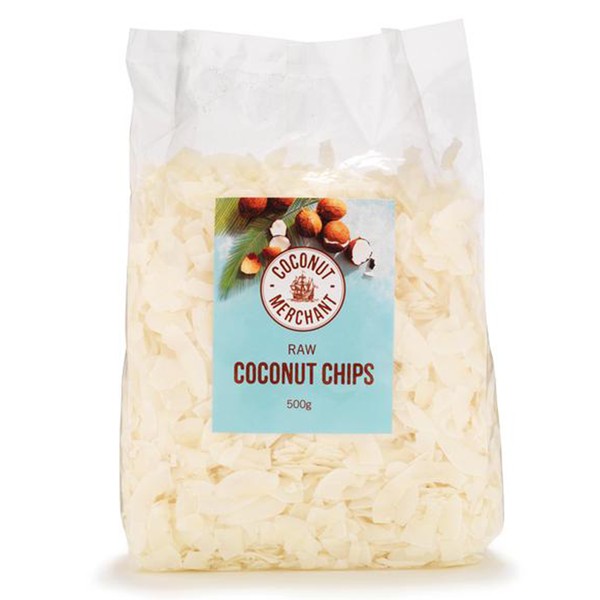
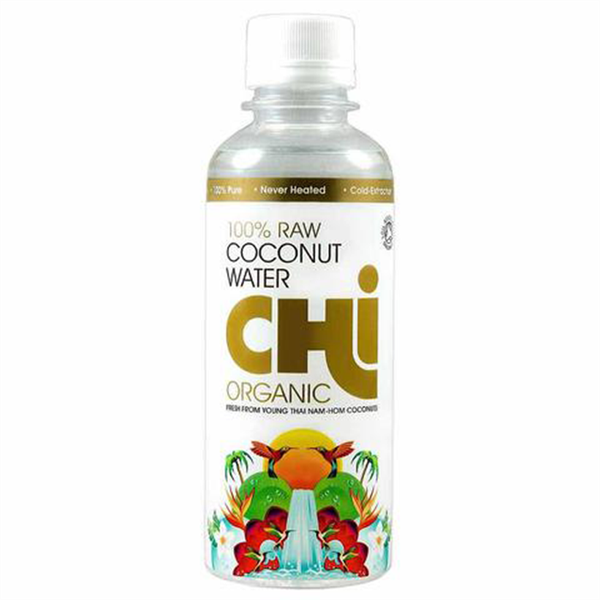

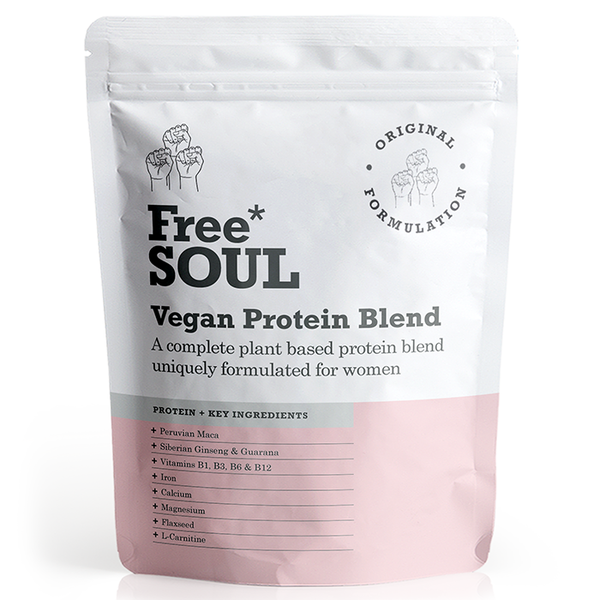

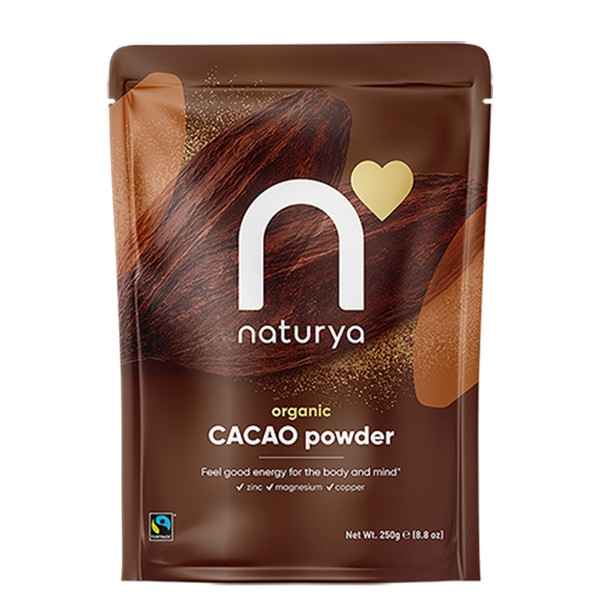
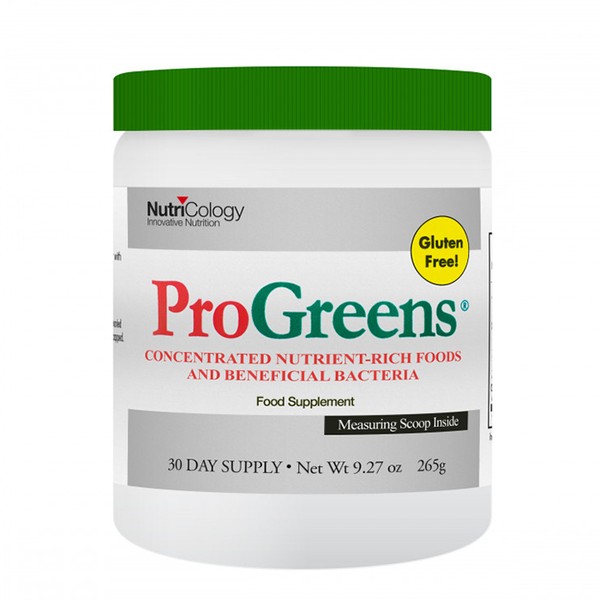
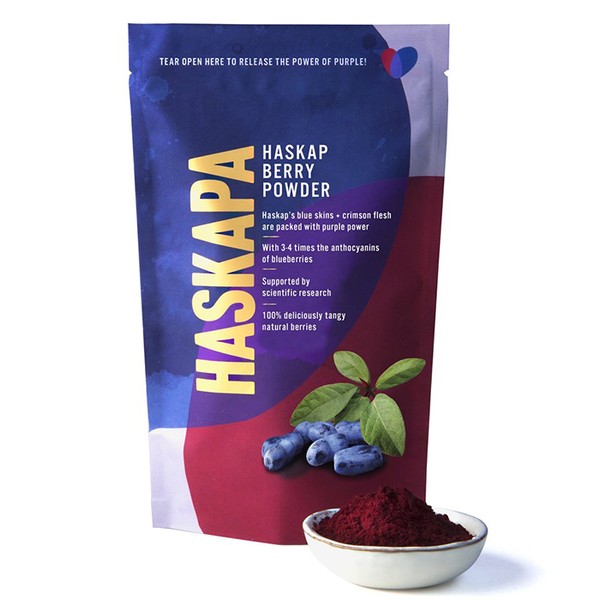
For more information visit Kim-Pearson.com, PippaCampbellHealth.com and PaolaLangella.co.uk
DISCLAIMER: Features published by SheerLuxe are not intended to treat, diagnose, cure or prevent any disease. Always seek the advice of your GP or another qualified healthcare provider for any questions you have regarding a medical condition, and before undertaking any diet, exercise or other health-related programme.
CREDITS: ALLEKSANA/PEXELS
DISCLAIMER: We endeavour to always credit the correct original source of every image we use. If you think a credit may be incorrect, please contact us at info@sheerluxe.com.
